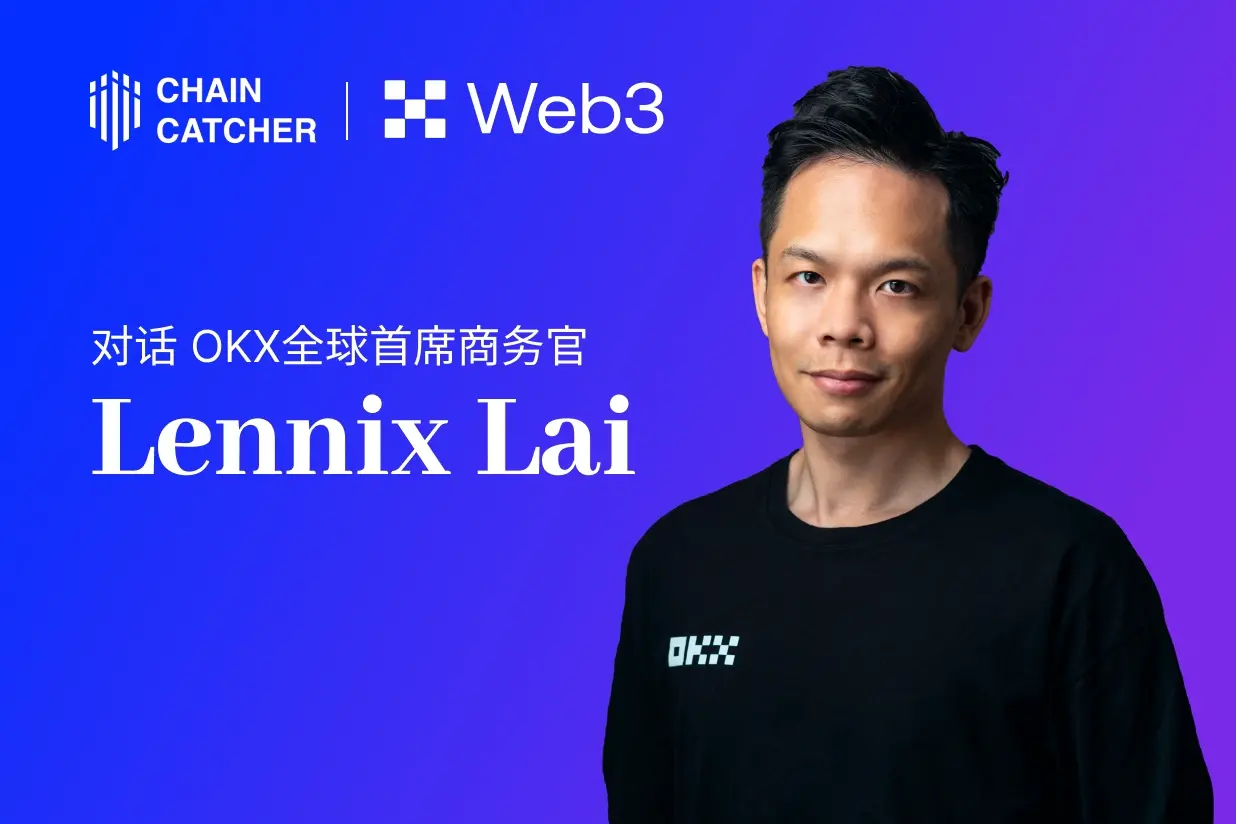Metis' decentralized sorter is not just a simple "technical narrative."
Original Author: Haotian
Editor's Note: Metis is an Ethereum Layer 2 scaling solution developed based on Optimistic Rollup, expected to become the first decentralized sequencer of Optimistic Rollup this year. Regarding Metis's decentralized sequencer, crypto researcher Haotian shared his insights on X, and BlockBeats has compiled the full text as follows:
Many believe that @MetisDAO's decentralized sequencer is merely a "technical narrative" arising from the internal competition of Rollup. After reading the grand article by its Co-Founder @kevinliub, I realized it is far from that simple.
In fact, the decentralized sequencer is just the beginning of unleashing the potential of Rollup Layer 2. The visions we long for, such as Layer 2 native DeFi and ecological explosion, all depend on this premise. Why? Next, I will discuss my understanding.
1) The decentralized sequencer was initially almost the core narrative of all Layer 2 Rollups. However, some mainstream comprehensive Rollups, such as Optimism and zkSync, have "stagnated" in their decentralization processes for various reasons.
Taking OP as an example, it has already captured the vast majority of market share, and the OP Stack strategy has been successfully advanced. At this point, hastily implementing a decentralized sequencer could potentially bring crises and challenges to the overall Layer 2 ecosystem: MEV, node malfeasance, etc. Therefore, it is reasonable to temporarily halt the decentralization narrative under the name of optimism. In contrast, Metis, as a new contender in Layer 2, does not have the ecological burden of Optimism and can promote decentralization from the ground up, laying the foundation for future ecological development.
2) The decentralization of the sequencer is just an appetizer; the main event is the construction of a decentralized Tokenomics economic model. Simply put, by providing Layer 2 Tokens with basic utility use cases for Gas fees, the Layer 2 Tokens can play a role in the decentralized incentive process of the sequencer, the empowerment phase of ecological construction, and the building of Layer 2 native DeFi.
Although the original route of using ETH as the Layer 2 Gas Token aligns more with Layer 2's political legitimacy, this would render Layer 2 Tokens purely governance tokens, unable to generate value in the actual economic structure and continuously empower the tokens themselves. Merely having governance + voting use cases is clearly insufficient to support expectations for the value of Layer 2 Tokens.
Two years ago, Metis adopted $Metis as the Gas Token, which at the time seemed like a "rebellious" innovation but actually contained long-term planning for the Layer 2 economic model. For example, while many criticize Layer 2 for lacking native DeFi, if a new chain circulates only wrapped versions of the main chain Token, it can only enjoy the spillover effects of the main chain's liquidity, lacking the explosive power of native DeFi.
3) Don't think that implementing a decentralized sequencer and Gas Token in Layer 2 is simple. On one hand, it will bring MEV issues to Layer 2. When the sequencer is centralized, the MEV space is small, but once a decentralized base is established, MEV will inevitably become a challenge. Finding effective solutions is a significant problem, requiring incentive mechanisms similar to MEV-Boost on Ethereum to create an MEV Router while eliminating the negative impacts of MEV on the Layer 2 ecosystem.
On the other hand, when Layer 2 Tokens become utility use case tokens, a direct challenge lies in the subsequent ecological integration. For instance, Ethereum's mainnet DeFi has evolved from Staking to the Restaking phase, and the premise for the DeFi skyscraper to rise is Staking. It is crucial to ensure that incentivized sequencer nodes and numerous grant-receiving projects treat the incentive tokens as the starting point for building entirely new native DeFi (not for mining and selling) and actively participate in ecological construction to expand the "pie."
If you closely observe the Metis ecosystem, you will find innovative derivative DEXs like @TheHerculesDEX and LSD projects like @ENKIProtocol. They may seem like new faces, but for a Layer 2 platform with a foundational Token, these DeFi infrastructures could unlock the key to the development of Layer 2 native DeFi. Moreover, this is far from enough; many more potential ecological projects will emerge.
In summary, it is not difficult to see that decentralizing the sequencer and relinquishing power is just the beginning. The real challenge lies in how to coordinate the interests of all parties in the ecosystem, how to guide participants to actively build through incentives rather than passively speculate, and how to construct a stable and lasting Layer 2 DeFi ecosystem based on native Tokens.
Let Layer 2 truly become a "scaling" layer that brings new forces such as users and ecosystems to the mainnet, rather than just an auxiliary choice for Airdrop Hunters.









